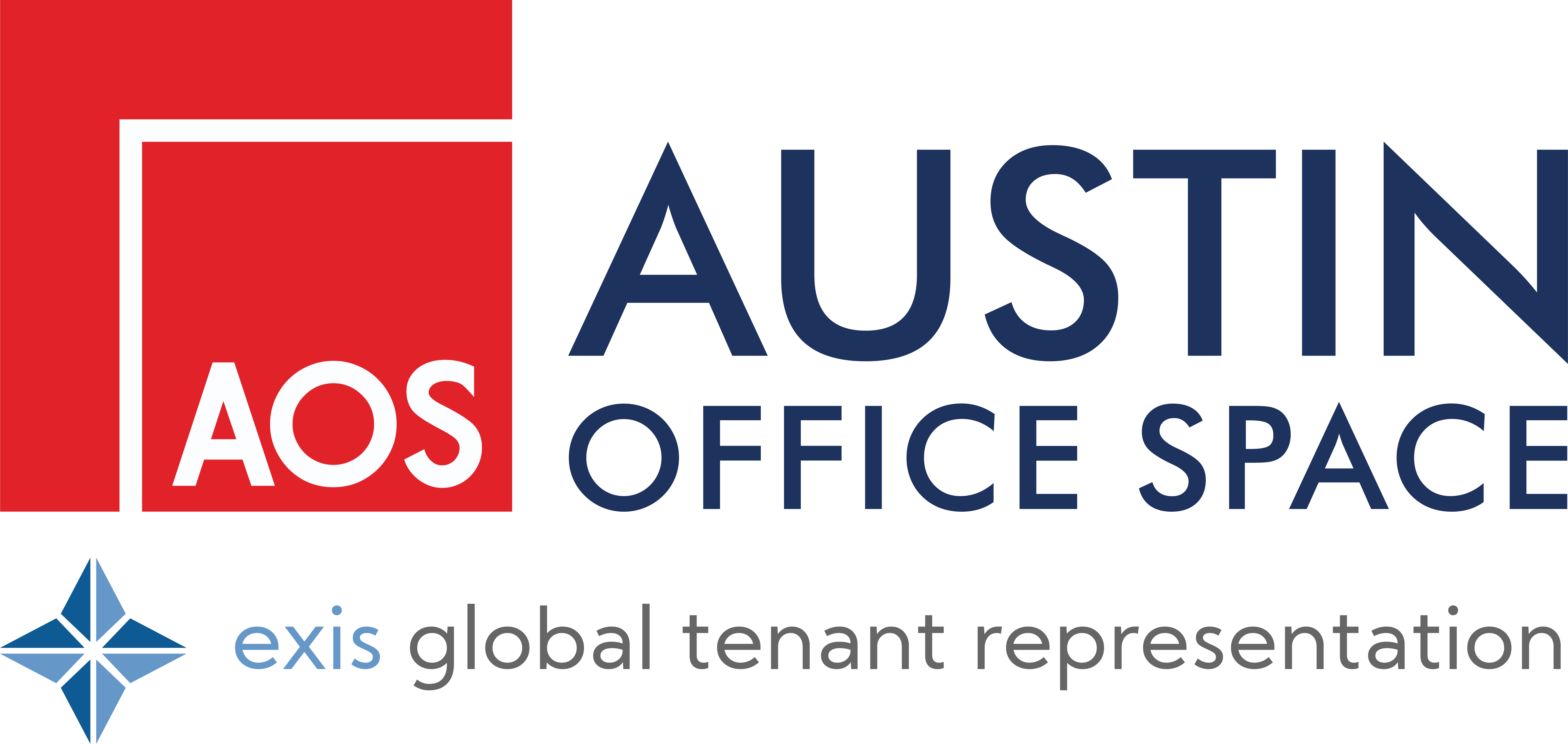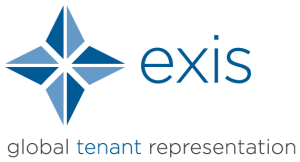Commercial Buildings
Traditional Office Space
Traditional multi-tenant offices provide common area amenities to users, are multiple story buildings and cater to standard office/administrative uses.
Industrial
Industrial buildings are used for warehouse and manufacturing space. Industrial buildings are usually one-story, concrete buildings with overhead loading doors.
Flex
Flex space is moderately priced and provides great value for office users. Flex space can be a mix of office and industrial space. These buildings are often one-story concrete buildings with windows on one or two sides. Tenants often have a private exterior entrance with front door parking and separate restroom facilities in their space.
Space Classes
Class A
Typical class “A” buildings include amenities such as covered parking, marble & wood finishes, workout facilities, and onsite delis. Tenants often include financial advisors, law firms and other companies to whom image is very important.
Class B
Typical class “B” buildings are the most popular class of buildings. Class “B” buildings have standard amenities and a quality finish. Image is clean, professional and priced to suit most office users.
Class C
Typical class “C” buildings are often older properties with few recent improvements. Class “C” is ideal for non-profits and other budget-sensitive tenants to which image is of lesser importance.
Lease Negotiations
Request for Proposal (RFP)
A one-page document requesting a written lease proposal from the landlord, which states the length of term and finish-out desired by the tenant. This helps the landlord tailor the proposal to the tenant’s needs.
Lease Proposal
A non-binding written proposal from the owner’s broker saying, “This is what owner will accept.” Included in the lease proposal are all of the business terms of the proposed lease.
Letter of Intent (LOI)
A non-binding document from the tenant’s broker that is used to negotiate the terms of the lease saying, “This is what the tenant will accept.” Items outlined include: rental rate, move-in date, tenant improvement allowance and lease term.
Space Improvements
Finish Out, Tenant Improvements (TI)
Improvements made to the lease space to suit the tenant such as new paint, carpet and walls.
Tenant Improvement TI Allowance, Finish Out Allowance
The dollar amount, usually per square foot of Net Rentable Area (NRA), paid by the landlord for the improvements to the space.
Turn Key Finish Out
Refers to the landlord paying 100% of the finish out cost. All you have to do is turn the key and move in.
Shell Space
Unfinished space without interior partition walls, carpet, electrical, ceiling grid and tile, electrical, or duct work. Shell space usually refers to first generation space in new buildings where the finish out will be the first for the space.
Space Calculations
Square Feet (SF)
How commercial space is measured. The abbreviation SF is often used to mean rentable square feet when quoted by a broker or on a floor plan.
Usable Square Feet (USF)
The space within your suite that you have exclusive use of.
Rentable Square Feet (RSF)
The space calculation that you pay rent on. This is your usable square feet multiplied times (1 + your add on factor percentage). Example: 1,000 USF x (1+.15) = 1,150 RSF.
Add-on Factor / Load Factor
A percentage used to estimate your portion of the common area outside your suite. Typically between 10-18%.
Common Area
Building lobby, elevator shafts, hallways, bathrooms, etc.
Rent Calculations
Base Rent
The amount of minimum stated rent. This is the amount of money that is applied to owner’s mortgage, capital improvements, and profit.
Gross Lease
A type of rent calculation where the rent includes the base rent and all expenses. Expense increases each year of the lease will be passed on to tenant in the form of Expense Pass Throughs.
Expense Pass Throughs
Expenses that the tenant is obligated to pay according to the terms of the lease. It is customary for tenants to pay their pro-rata share of expense increases. Expense pass throughs are usually handled like the escrow account on a home loan, with the tenant paying an estimated 1/12 each month with an annual reconciliation.
Expense Stop
This is a method of implementing expense pass throughs. The tenant pays expenses over a specified amount per square foot. For example, the Expense Stop may be $9.00 per square foot. If expenses are $9.50 per square foot, then the tenant is responsible for paying $.50 per square foot. Often the first year (base year) is used to set the expense stop amount to be used to calculate pass throughs for the following years.
Triple Net Lease
A type of rent calculation where the rent cost is split up into a Base Rent amount and a separate expense amount call Triple Net (NNN).
Triple Net or “NNN”
Typically, expenses are placed in three categories: taxes, insurance, and operating expenses. The term “triple net”, which is also written “NNN”, means that the tenant pays all expenses as a separate charge. (It is implied that each “N” refers to one of each of the categories.) Triple net is a shorthand real estate way of saying that the tenant pays base rent plus 100% of all expenses.
Gross Lease vs. Triple Net Lease
These are two ways that owners handle their books. Both basically have the same total cost to the tenant. The only major difference is that a Gross lease has a guaranteed rate for the first year and a Triple Net lease uses an estimate for the first year expenses, which can be higher or lower than budgeted.


